Rome stands as one of the world’s greatest museum cities, with unparalleled collections housed in magnificent buildings across the ancient capital. However, for travelers seeking experiences beyond gallery walls and display cases, the Eternal City offers countless alternatives that reveal its unique character, living traditions, and hidden corners rarely featured in guidebooks.
Here is a list of 20 remarkable experiences in Rome that have nothing to do with traditional museums.
Appian Way Bike Ride

This ancient Roman road—once the empire’s most important military and economic route—now provides a remarkable cycling experience through historical landscapes. The cobblestone path, partially preserved in its original state, takes riders past ancient tombs, aqueduct remains, and the Roman countryside.
On Sundays, the road is closed to vehicle traffic, making it ideal for leisurely exploration. The relatively flat terrain makes this accessible to casual cyclists, with bike rental shops readily located near the starting point.
Trastevere Evening Passeggiata

This beloved Italian tradition of evening strolling reaches perfection in Rome’s most characterful neighborhood, where narrow medieval streets fill with locals and visitors alike. The ritual typically begins after dinner when the golden hour bathes the weathered buildings in warm light, creating a magical atmosphere.
Residents greet neighbors, window-shop, and pause for gelato or digestivi during this unhurried social custom. The people-watching opportunities prove unmatched as Romans display their effortless style while participating in this centuries-old tradition.
Like Travel Pug’s content? Follow us on MSN.
Campo de’ Fiori Morning Market

This vibrant daily market transforms one of Rome’s most historic squares into a colorful tableau of Italian food culture before noon each day. Vendors arrange pyramids of artichokes, zucchini flowers, and seasonal produce while calling out to potential customers in theatrical Italian fashion.
The surrounding buildings create perfect acoustics for this daily performance of commerce and conversation that has continued for centuries. The market offers opportunities for sampling local specialties and gathering picnic supplies for adventures elsewhere in the city.
Gianicolo Hill Sunset
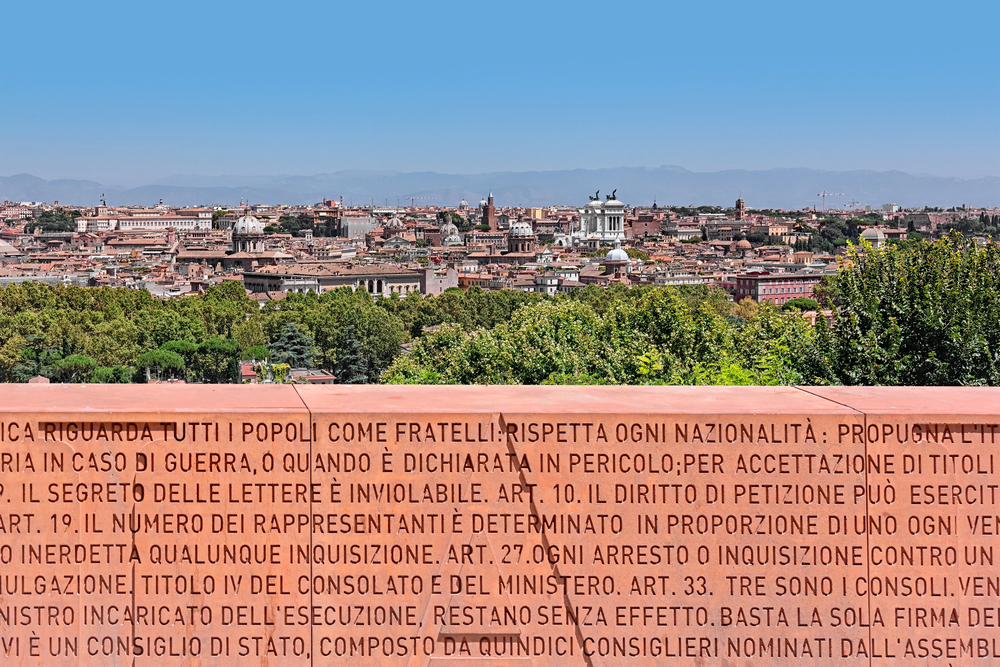
This panoramic viewpoint provides Rome’s most comprehensive vista without the crowds found at more famous outlooks like the Spanish Steps. The hillside position captures the dome of St. Peter’s Basilica in perfect alignment with the historic center spread beyond.
A daily cannon firing at noon continues a tradition dating back to when Rome needed time synchronization before modern technologies. The uphill walk through residential neighborhoods reveals a more authentic Rome than found along tourist thoroughfares.
Coppedè Quarter Wander

This small architectural fantasy land created in the early 20th century provides Rome’s most unexpected neighborhood experience, combining Art Nouveau with Byzantine, Gothic, and Baroque elements. Elaborate buildings featuring symbolic creatures, asymmetrical balconies, and fantastical doorways create a dreamlike atmosphere unlike anything else in the city.
The limited size—just a handful of blocks—makes this perfect for a short detour while exploring Rome’s more residential areas. The neighborhood’s relative obscurity means visitors rarely encounter crowds despite its remarkable character.
Like Travel Pug’s content? Follow us on MSN.
Aventine Keyhole

This perfectly framed view through a nondescript keyhole creates one of Rome’s most magical moments, aligning three sovereign territories in a single glance. The tiny aperture in an unassuming door precisely frames St. Peter’s dome across the Tiber, creating a telescopic effect that compresses distance.
The surrounding Orange Garden offers a peaceful respite from tourist crowds with its manicured pathways and city views. The experience combines the thrill of discovery with an appreciation for intentional design across centuries of urban development.
Testaccio Food Tour
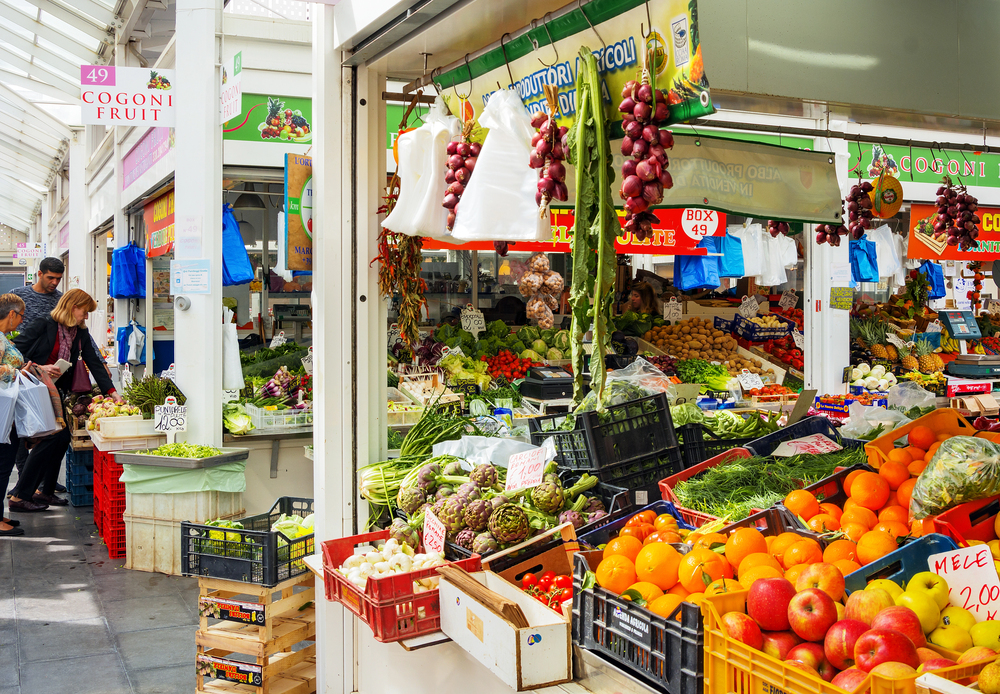
This working-class neighborhood built around Rome’s former slaughterhouse has transformed into the city’s most authentic food destination while maintaining its unpretentious character. The district’s culinary highlights include the historic Testaccio Market, traditional trattorias serving offal specialties from Rome’s “quinto quarto” tradition, and innovative restaurants transforming industrial spaces.
The neighborhood’s artificial hill—Monte Testaccio—formed entirely from ancient Roman amphora fragments, provides a tangible connection to the area’s commercial history. Food tours here reveal Rome’s culinary evolution from ancient times through modern innovations.
Underground Rome Exploration
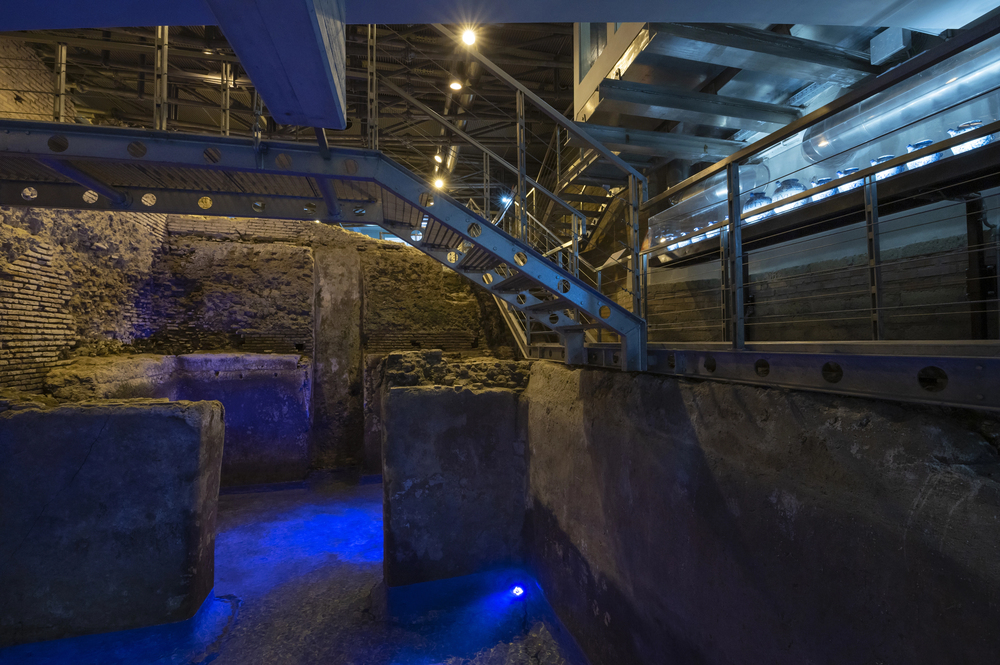
Beneath modern street level lies a fascinating subterranean world revealing Rome’s vertical history through archaeological layers rarely explored by typical visitors. Various sites provide access to these underground worlds—from ancient apartment complexes to early Christian worship spaces hidden beneath later churches.
The constant temperature below ground offers pleasant respite during summer heat while creating atmospheric conditions for appreciating these remarkably preserved spaces. These underground explorations literally reveal the foundations upon which modern Rome stands both physically and culturally.
Like Travel Pug’s content? Follow us on MSN.
Protestant Cemetery Visit

This peaceful garden cemetery houses the graves of non-Catholic foreigners who died in Rome, including poets Keats and Shelley, amid cypress trees and wandering cats. The beautifully maintained grounds feature exceptional funerary sculpture amid flowering plants that change with the seasons.
The cemetery’s location against the ancient Aurelian Wall creates a dramatic backdrop for contemplative wandering away from tourist crowds. The site provides a unique perspective on Rome’s long history as an international crossroads attracting visitors from across the world.
EUR District Architecture Tour
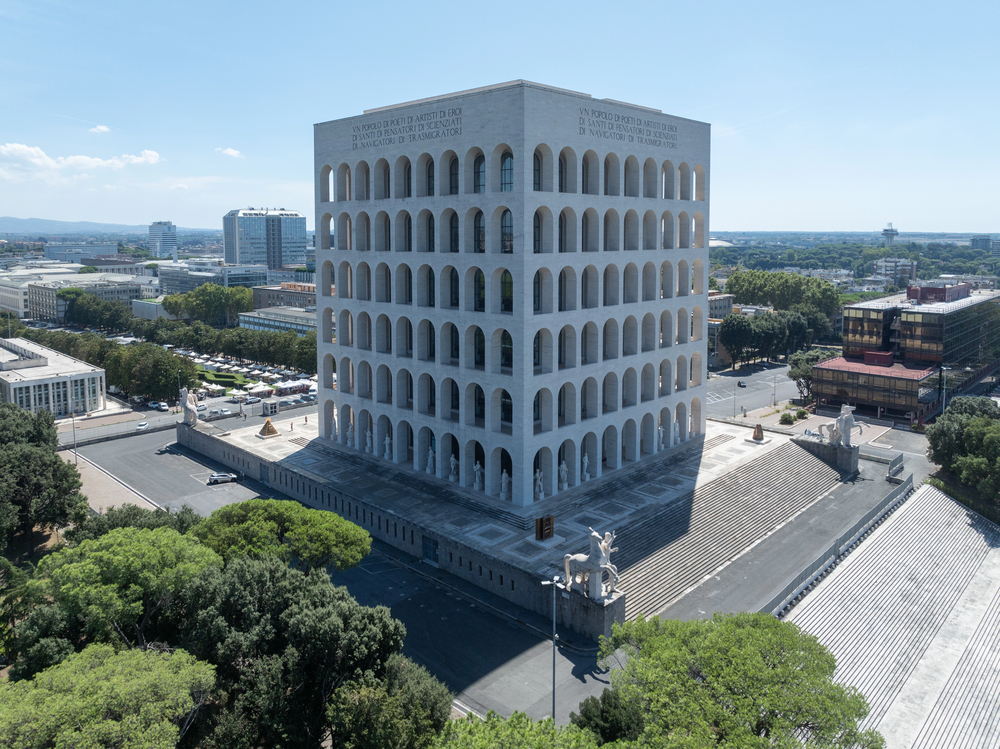
This planned district created during the fascist era showcases monumental rationalist architecture rarely included on standard Rome itineraries. The stark white buildings, with their dramatic proportions and symbolic decorative elements, represent a distinctive architectural chapter in Rome’s evolution.
The central artificial lake and well-maintained parks provide pleasant settings for appreciating these controversial structures now repurposed for contemporary use. The neighborhood offers a fascinating contrast to Rome’s ancient and baroque districts while providing context for understanding Italy’s complex 20th-century history.
Tiber Island Exploration
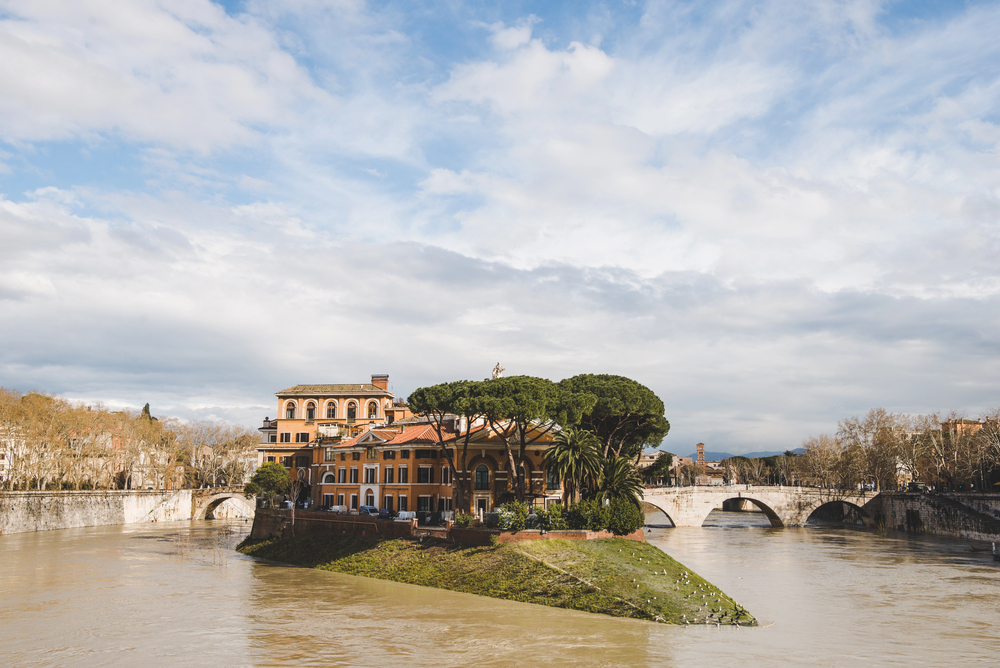
This boat-shaped island in the middle of the Tiber River has served various functions throughout Rome’s history—from ancient temple sites to medieval hospital locations. The island’s compact size allows complete exploration in under an hour, while its bridges offer exceptional views along the river in both directions.
The summer transformation into “Isola del Cinema” brings outdoor film screenings that attract local Romans to enjoy evening entertainment under the stars. The island provides a natural midpoint when walking between Trastevere and the Jewish Ghetto neighborhoods.
Like Travel Pug’s content? Follow us on MSN.
Villa Torlonia Gardens

This aristocratic estate transformed through centuries of ownership now offers public access to eccentric architectural features and peaceful garden spaces away from central Rome’s bustle. The grounds include multiple architectural follies, including a faux-medieval tournament field, neoclassical temple structures, and the remarkable “Casina delle Civette” (House of Owls) with its stained glass and eclectic styling.
The property’s association with Mussolini, who lived here during his rule, adds historical complexity to the beautiful setting. The spacious grounds provide room for leisurely picnics or reading beneath shade trees.
Quartiere Coppedè Aperitivo

This early evening ritual transforms Rome’s most fantastical architectural quarter into a social gathering space as aperitivo hour brings residents and visitors together. Local establishments offer pre-dinner drinks paired with increasingly elaborate buffet spreads that showcase Italian culinary traditions.
The neighborhood’s fairy-tale architecture creates an appropriately theatrical backdrop for this daily social performance. The combination of food, architecture, and social interaction creates a multisensory Roman experience, connecting visitors with local customs.
Palazzo Spada Forced Perspective

This clever architectural illusion created by Borromini demonstrates the baroque fascination with manipulating visual perception through masterful design. The Palazzo courtyard features a colonnade that appears much longer than its actual dimensions through carefully calculated proportional reductions.
The mathematical precision required for this effect showcases the intellectual foundations of baroque architectural innovation beyond mere decorative excess. The hidden nature of this masterpiece—located in an otherwise unassuming government building—makes discovering it particularly rewarding.
Like Travel Pug’s content? Follow us on MSN.
San Lorenzo District Exploration
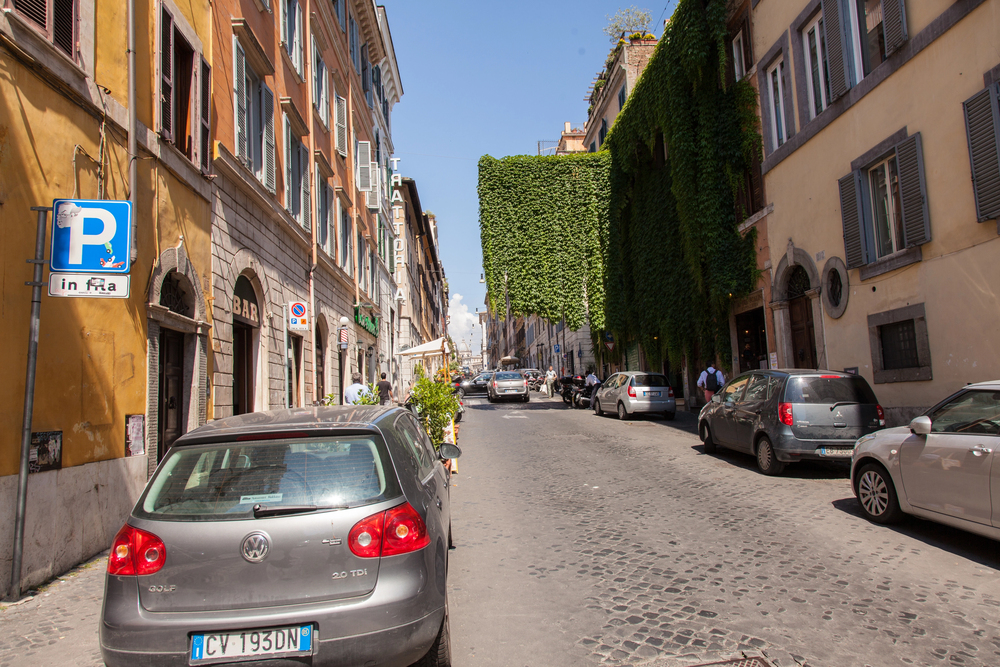
This university neighborhood combines working-class traditions with contemporary creative energy, resulting in Rome’s most dynamic district for experiencing modern Italian culture. Street art transforms building facades while repurposed industrial spaces host everything from artisanal breweries to experimental theater performances.
The neighborhood’s World War II bombing history creates architectural contrasts between surviving historical structures and postwar reconstructions. Evening visits reward travelers with authentic nightlife experiences shared primarily with local Romans rather than other tourists.
Ancient Aqueduct Park Walk

This remarkable archaeological park preserves massive sections of Rome’s ancient water infrastructure while providing green space for recreation away from urban congestion. The towering arched structures demonstrate Roman engineering prowess while creating dramatic framing devices for photography enthusiasts. The park’s location outside central tourist areas means visitors can often explore these impressive ruins in relative solitude. The combination of historical significance and natural setting creates a uniquely Roman experience connecting ancient infrastructure with contemporary leisure.
Jewish Ghetto Food Tour

This historic neighborhood, confined by papal decree in 1555, has developed distinctive culinary traditions that continue in family-run establishments throughout the quarter. Signature dishes include fried artichokes, “alla giudia,” sweet-and-sour zucchini, and unique pastries reflecting centuries of cultural exchange and adaptation.
The neighborhood’s compact size allows efficient exploration between culinary stops, with significant historical sites providing context between meals. The area balances historic preservation with living traditions, creating one of Rome’s most authentic remaining neighborhoods.
Like Travel Pug’s content? Follow us on MSN.
Palazzo Altemps Hidden Courtyard

This Renaissance palace near Piazza Navona contains a tranquil interior courtyard perfect for midday respite from Rome’s busy streets. Ancient sculptures integrated into the architectural elements create a harmonious dialogue between the building and the collection.
The upper loggia offers unique perspectives on the courtyard design while providing cool shade during the summer months. The relative obscurity of this space compared to other Roman palaces means visitors often have the courtyard to themselves for peaceful contemplation.
Pigneto Evening Exploration

This former working-class district transformed by artistic gentrification now offers Rome’s most vibrant nightlife beyond touristy areas like Campo de’ Fiori. Independent shops, bookstores with late hours, craft cocktail bars, and international restaurants create a cosmopolitan atmosphere reflecting contemporary Roman culture.
The neighborhood’s pedestrianized central street fills with locals during warm evenings, creating natural opportunities for cultural exchange. The authentic character comes from the mix of longtime residents and newer creative professionals rather than tourist-focused businesses.
Orange Garden Sunset

This elegant garden atop the Aventine Hill provides panoramic views across Rome’s rooftops toward St. Peter’s dome in the distance. The carefully arranged orange trees create natural framing elements for the vista while providing fragrant blossoms in spring and fruit in winter.
The adjacent Rose Garden complements the experience during its May-June blooming season with hundreds of varieties displayed against the city backdrop. The spacious setting allows visitors to find private viewing spots even during popular sunset hours.
Like Travel Pug’s content? Follow us on MSN.
Beyond the Museum Walls
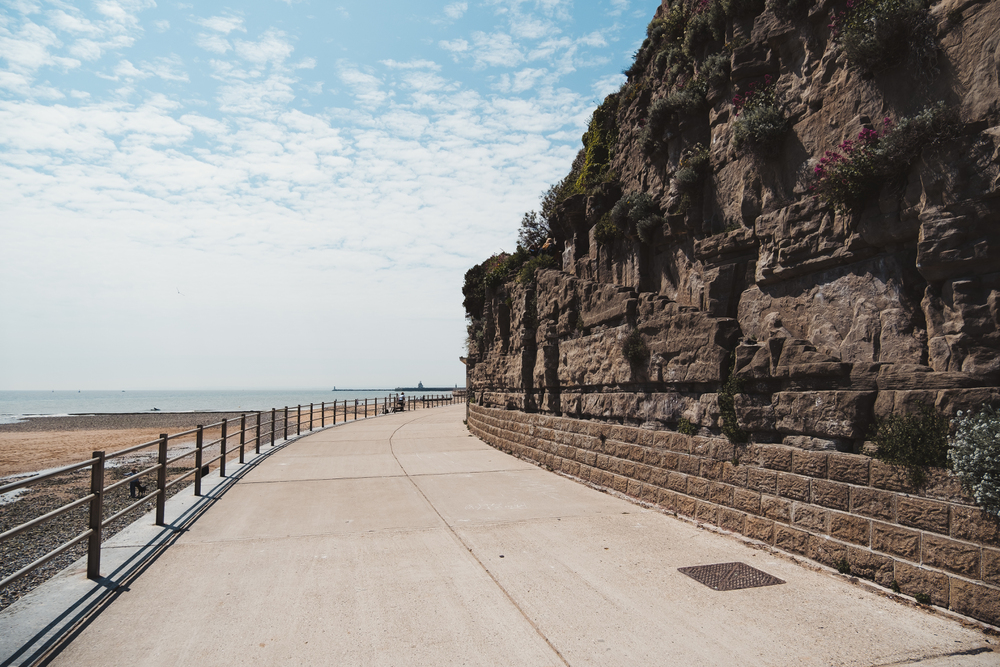
Rome rewards travelers willing to look beyond its famous museums with living traditions, remarkable landscapes, and authentic neighborhoods that reveal the city’s true character. The combination of millennial history and vibrant contemporary culture creates experiences impossible to contain within museum walls.
These diverse activities connect visitors with Rome as a living city, not just an open-air museum. To truly experience the Eternal City, step outside the museum walls—and into its heart.
More from Travel Pug

- Cities Growing so Fast You Won’t Recognize Them in 10 Years
- 13 Destinations Where Tourists Regularly Regret Their Trip
- 20 Obscure WWII Sites Even History Buffs Don’t Know About
- 10 Under-the-Radar Mountain Towns That Are Both Affordable and Beautiful
- Remote Villages in Europe Where You Can Live for Free in Exchange for Work
Like Travel Pug’s content? Follow us on MSN.
